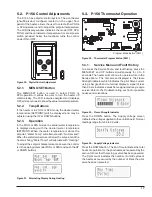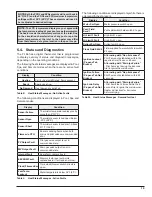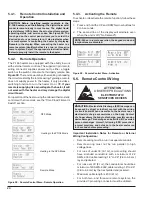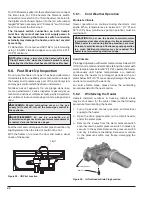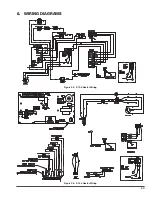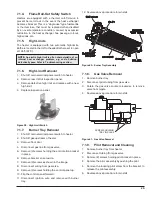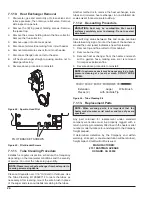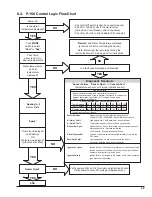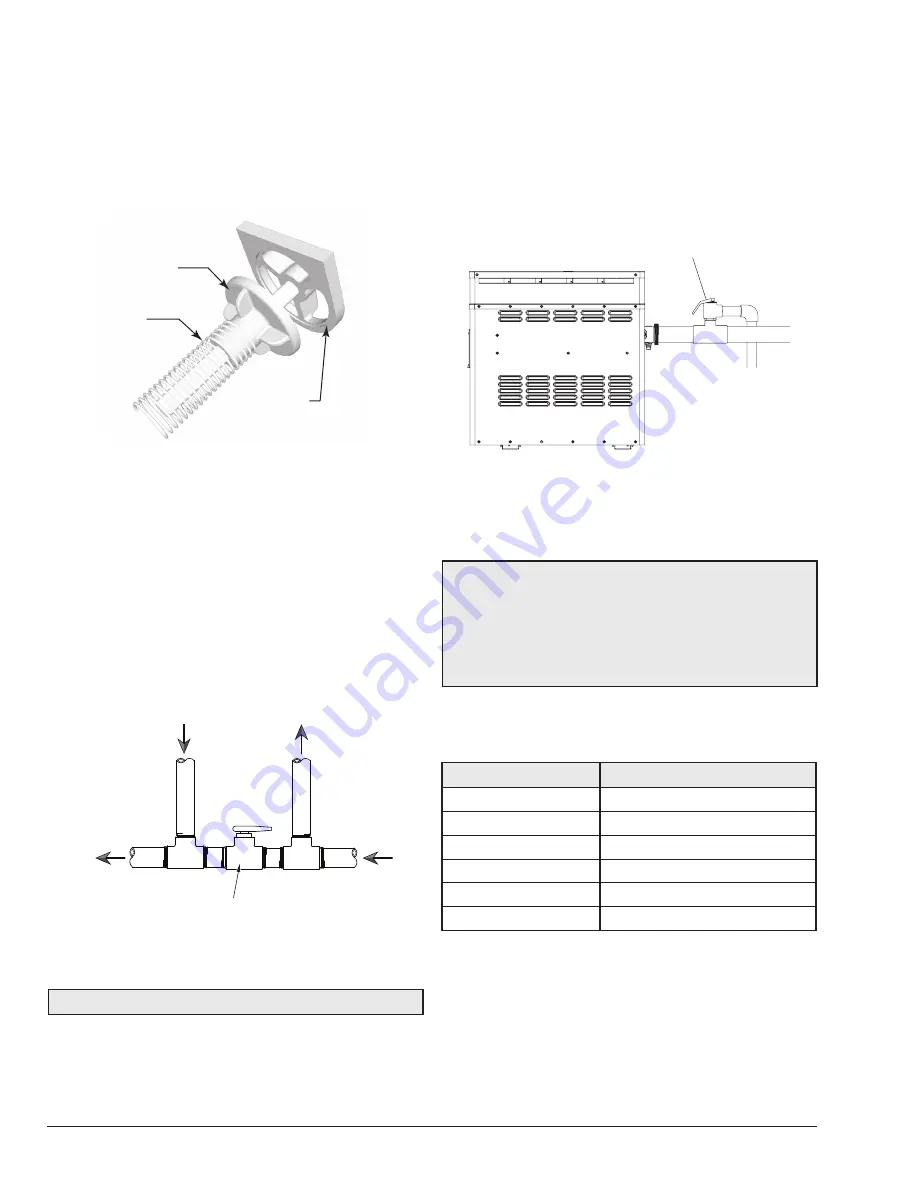
14
4.7.7. Internal Automatic Bypass Valve
A built-in automatic bypass valve is provided in the In/Out
header. The internal bypass valve automatically responds
to changes in water pressure in the piping system. The
proper amount of water flow is maintained through the
heater under varying pressures dictated by the conditions
of the pump and filter.
Bypass Disc
Spring
Bypass Body
Figure 14. Internal Automatic Bypass Valve
4.7.8. External Auxiliary Bypass Valve
An auxiliary bypass valve must be used when flow rates
exceed 70 GPM (265 LPM). Usually a high-performance
pump size larger than one horsepower will exceed
this flow rate. This valve is required to complement the
function of the automatic bypass valve, particularly when
starting the heater in winter or early spring when the spa
or pool temperature is below 50°F (10°C). It also serves to
eliminate needless pressure drop through the heater and
accompanying reduction in the flow rate to the spa jets,
etc.
FROM HEATER
TO HEATER
TO POOL/SPA
FROM POOL/SPA
FULL PORT
BALL VALVE
OR GLOBE
VALVE
BYPASS VALVE
Figure 15. Auxiliary Bypass Valve
4.7.9. Auxiliary Bypass Valve Adjustment
NOTE:
Do not use a gate valve as an auxiliary bypass valve.
To set bypass: With clean filter, adjustment is made by
touching the inlet and outlet pipes at the heater. Outlet
pipes should be slightly warmer than inlet and comfort-
able to the touch. If pipe is hot, close bypass; if cold, open
bypass.
4.7.10. Pressure Relief Valve Installation
To conform to local building codes, it may be necessary
to install a pressure relief valve. A 3/4” (1.9 cm) pressure
relief valve, having a capacity equal to or greater than the
BTUH input of the heater to be installed, is recommended
for this heater. The maximum pressure relief valve setting
is 125 psi (862 kPa). This relief valve needs to be installed
on the outlet pipe from the header as noted in Figure 16
below.
PIPE ONTO DISCHARGE SIDE OF PIPING
Figure 16. Pressure Relief Valve Installed
If required, this needs to be installed in a field-supplied
fitting external to the heater. The valve shall be installed in
a vertical position. Do not over-tighten. Install the pressure
relief valve hand tight plus 1/2 turn.
A
A
WARNING:
To avoid water damage or scalding due
to relief valve operation, drain pipe must be connected
to valve outlet and run to a safe place of discharge.
Drain pipe must be the same size as the valve discharge
connection throughout its entire length and must pitch
downward from the valve. No shut-off valve shall be
installed between the relief valve and the drain line.
The valve lever should be tripped at least once a year to
ensure that waterways are clear. If the relief valve does not
function properly, replace it immediately.
Flow (GPM)
Pressure Drop (ft of Head)
20
7.6
30
8.2
40
8.7
50
9.3
60
9.8
70
10.4
Table J.
Heat Exchanger Pressure Drop
Summary of Contents for 106
Page 23: ...23 6 WIRING DIAGRAMS Figure 35 P 106 Heater Wiring Figure 36 P 156 Heater Wiring...
Page 34: ...34 NOTES...
Page 35: ...35 NOTES...

















